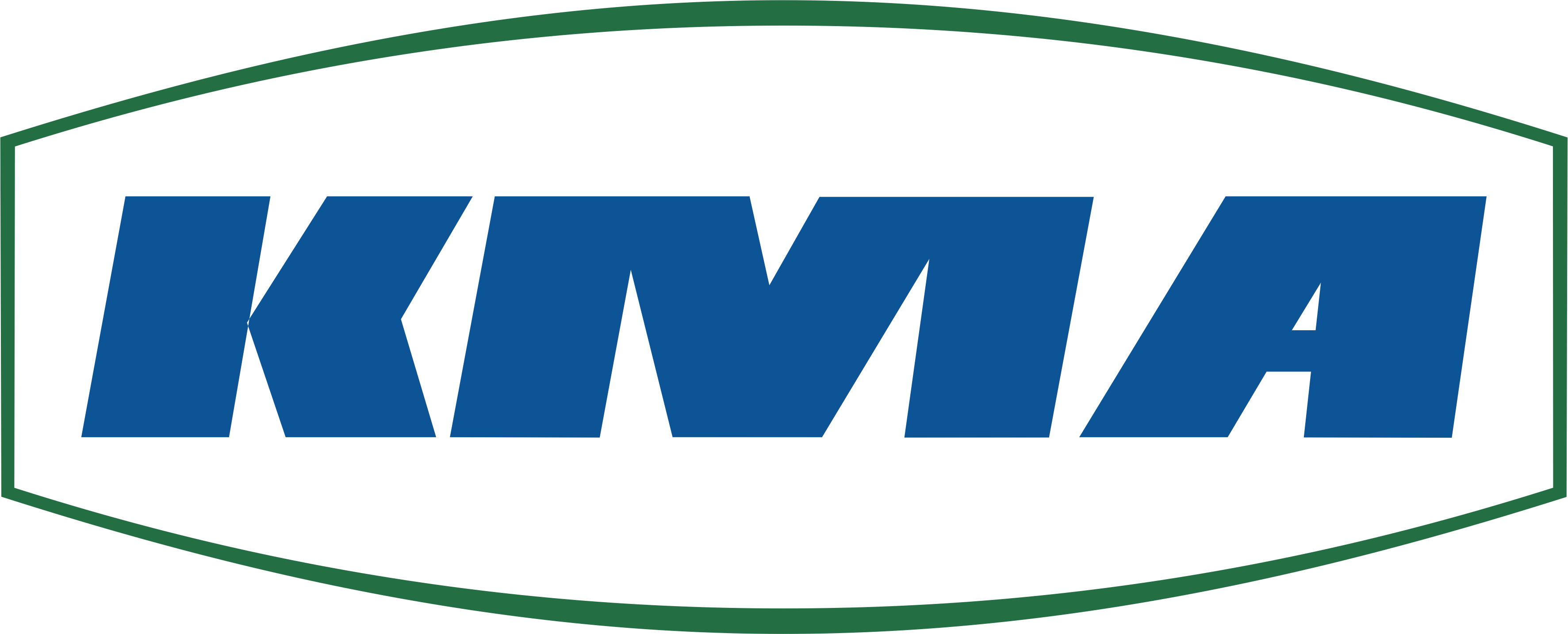Thermal oxidation (TO)
Thermal oxidation (TO)
The term thermal oxidation (TO) is the generic term for processes to purify production exhaust air by using thermal energy. The principle of thermal oxidation is based on the full combustion of organic impurities to water, CO2 and various nitrogen oxides. This form of exhaust air purification is preferably used for exhaust air contamination with high pollution and VOC load, as occuring in food production (smoking, frying) or in coating plants. Thermal oxidation can be divided into regenerative thermal oxidation (RTO) and the catalytic thermal oxidation.
A TO system consists of a combustion chamber and a burner. Thermal oxidation systems create temperatures between 750°C and 860°C inside the combustion chamber to ensure an effective exhaust air purification. These temperatures can only be achieved by using fossil fuels. If necessary, fresh air is added to the production exhaust air if the original oxygen content is too low for efficient oxidation. The longer the exhaust air flow circles through the combustion chamber, the more impurities are extracted. Due to the different burning points of carbon monoxide and nitrogen oxides, it is difficult to maintain a constant level of extracted emissions for TO without the high use of fossil fuels.
However, this continuous use of fossil fuels, such as natural gas, has a negative effect on the life cycle assessment and the carbon footprint of production plants, despite the regeneration of thermal energy. The modern exhaust air filtration systems of KMA Umwelttechnik offer an energy-efficient alternative. KMA filtration systems reduce the energy requirement for the operation of the filter plant by more than 90% compared to thermal oxidation. Despite its low energy consumption, the separation efficiency is up to 99.8%. The energy consumption of an electrostatic precipitator cell corresponds to that of a 100W light bulb – with an average exhaust air volume of 5000m3/h. If the exhaust air filtration system is additionally combined with a heat recovery system consisting of a heat exchanger and heat pump, additional energy can be recovered from the exhaust air treatment which would have previously remained unused. The recovered energy can be used for subsequent processes, to further reduce the energy consumption of the production.
Thermal oxidation is also known under the terms “thermal combustion”, “thermal afterburning” or “thermal exhaust gas cleaning”.
Related posts







